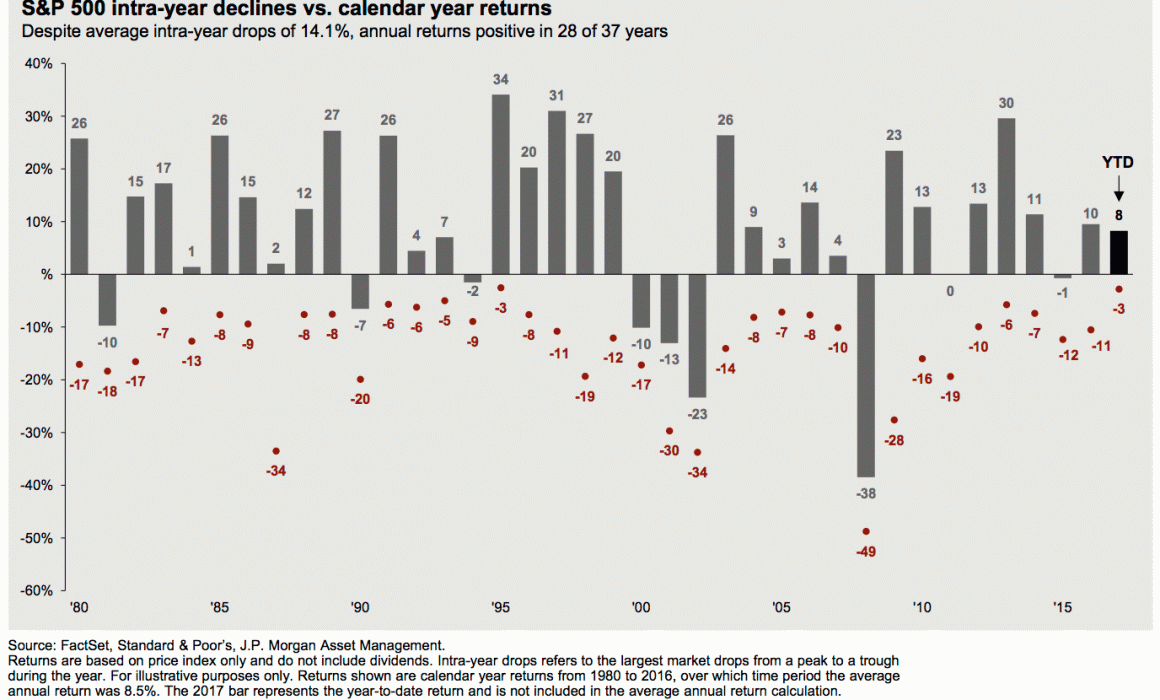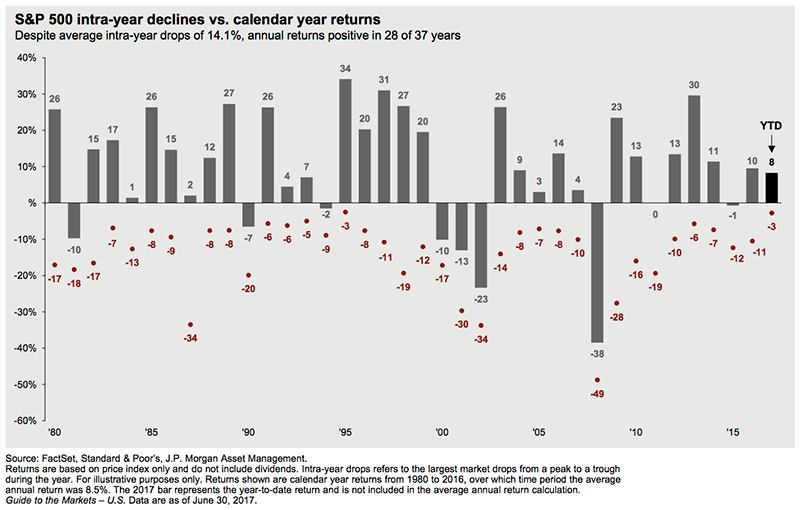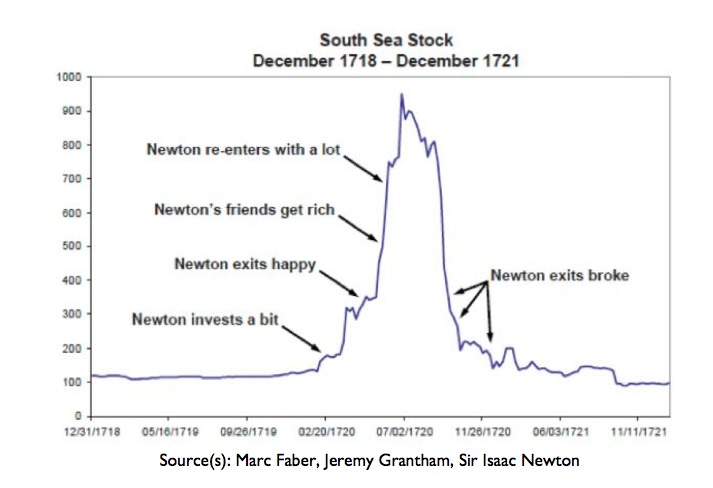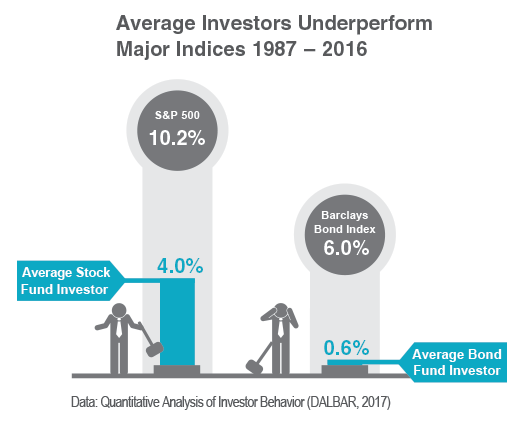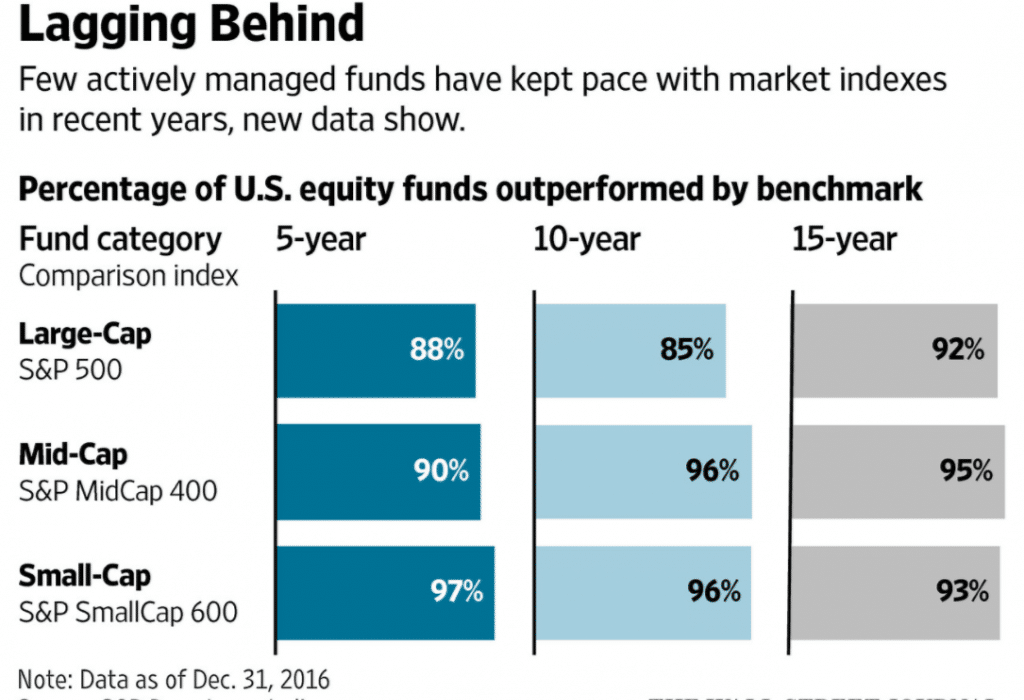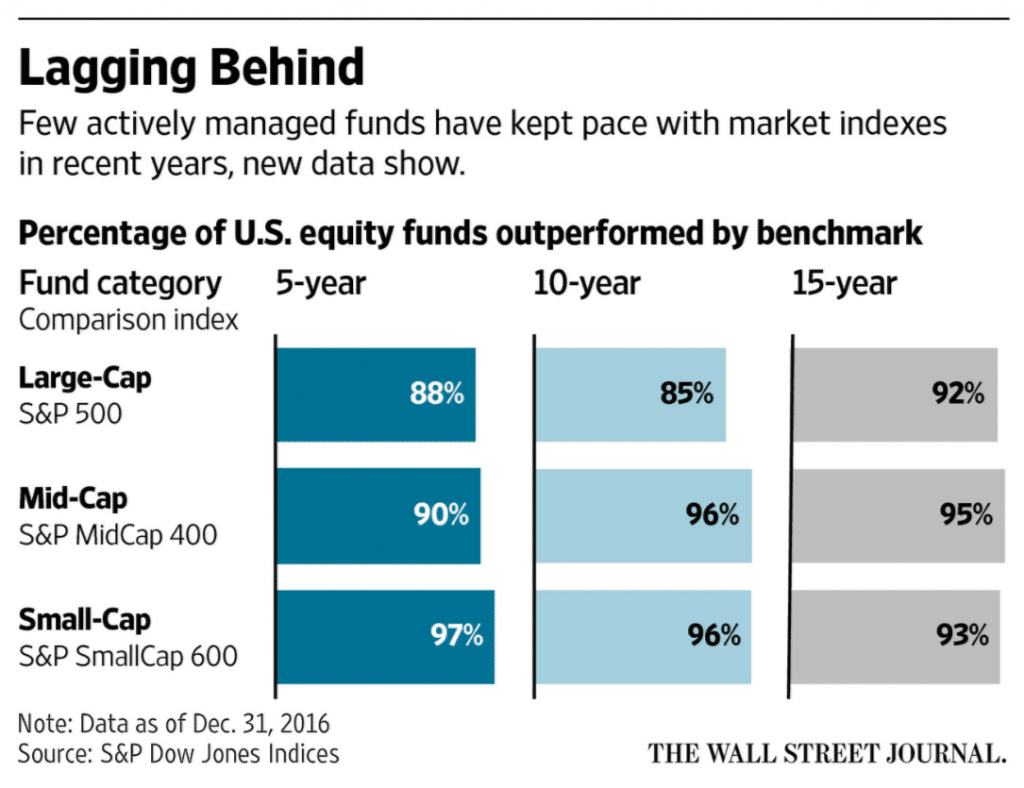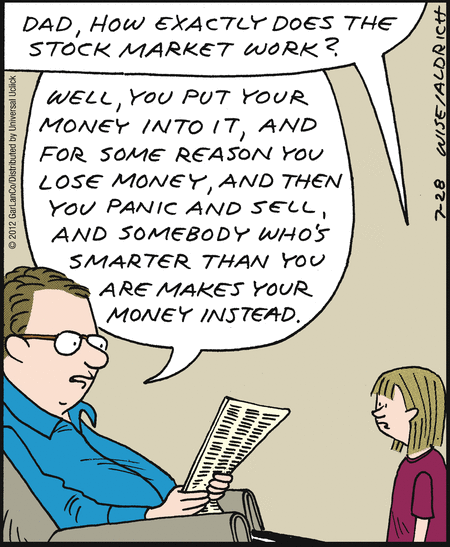What Kind of Investor Are You?
What kind of investor are you? According to author William Bernstein, there are three broad groups of investors segregated by behavior:
Group 1: The average small investor, who does not have a coherent asset-allocation strategy and who owns a chaotic mix of mutual funds and/or individual securities, often recommended to him or her by a broker or advisor. He or she tends to buy near bull market peaks and sell near bear market troughs.
Group 2: The more sophisticated investor, who does have a reasonable-seeming asset-allocation strategy and who will buy when prices fall a bit (“buying the dips”), but who falls victim to the aircraft simulator/actual crash paradigm, loses his or her nerve, and bails when real trouble roils the markets. You may not think you belong in this group, but unless you’ve tested yourself and passed during the 2008–2009 bear market, you really can’t tell.
Group 3: Those who do have a coherent strategy and can stick to it. Three things separate this group from Group 2: first, a realistic appraisal of their true, under-fire risk tolerance; second, an allocation to risky assets low enough, or a savings rate high enough, to allow them to financially and emotionally weather a severe downturn; and third, an appreciation of market history, particularly the carnage inflicted by the 1929–1932 bear market. In other words, this elite group possesses not only patience, cash, and courage, but also the historical knowledge informing them that at several points in their investing career, all three will prove necessary. Finally, they have the foresight to plan for those eventualities.
“Job one for the investor, then, is to learn as best she can, to ignore the day-to-day and year-to-year speculative return in order to earn the fundamental return.” – William Bernstein
Source: Rational Expectations: Asset Allocation for Investing Adults




